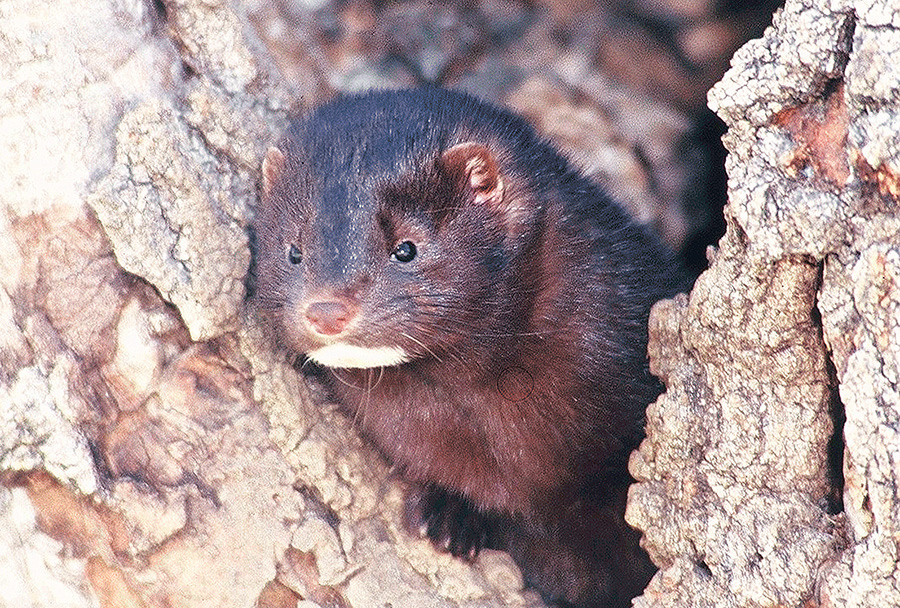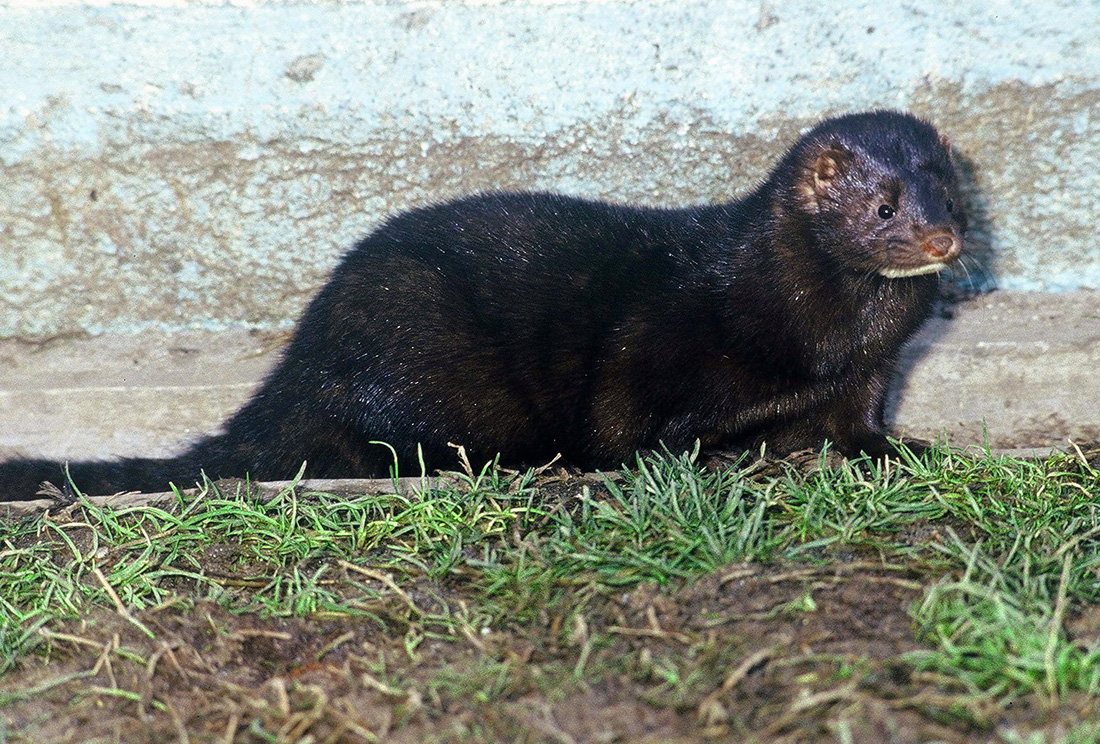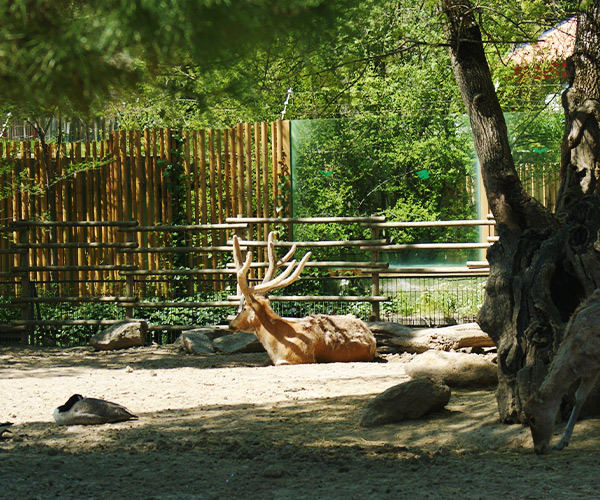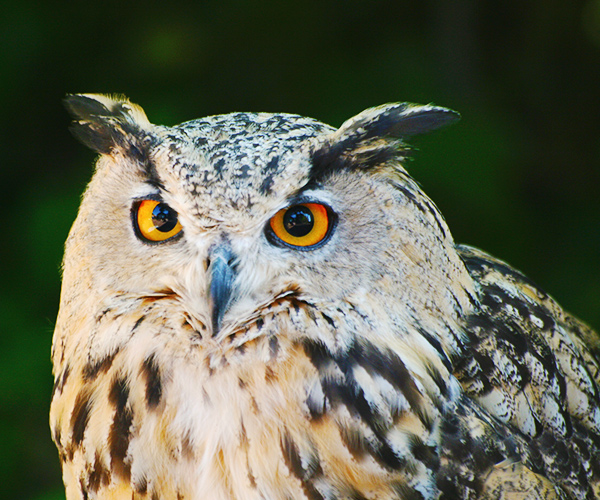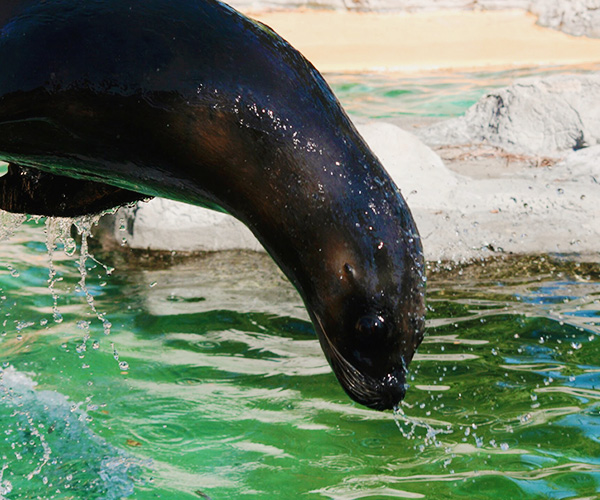It is a mustelid (like the otter or weasel) of small size and chocolate color, with a very characteristic white spot on the snout, both upper and lower.
They are an excellent indicator of the health of our rivers.
With crepuscular and nocturnal habits, it is a solitary and territorial species. The territory of adult males includes 2-3 females.
They come into estrus between March-April and females give birth to 2 to 6 cubs in May-June, which remain for about a month in the burrow.
They reach sexual maturity at nine or ten months, although they reach adult size at three months of age.
They are shy and elusive, which makes them little known.
